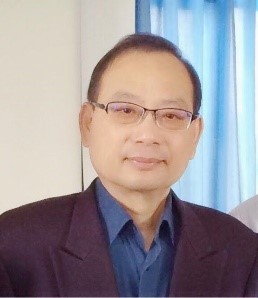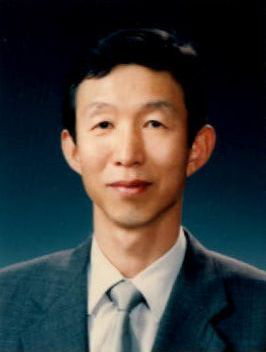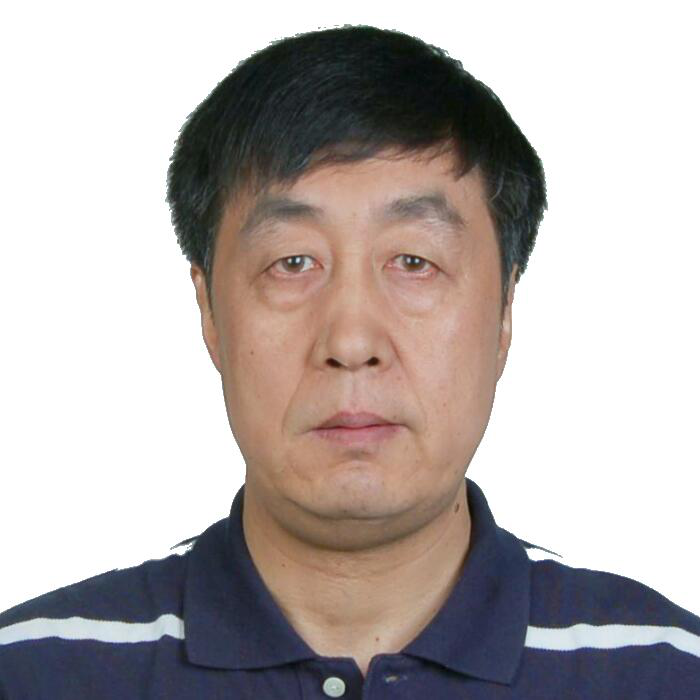Keynote Speech
-
Professor Ching-Nung Yang
Relationship between Polynomial-based and Code-based Secret Image Sharing and Their Pros and Cons -
Professor Keun Ho Ryu
Spectrum on InterdisciplinaryRelated to Databases and Bioinformatics Researches.
Professor
Ching-Nung Yang |
|
|
|
| Topic: | Relationship between Polynomial-based and Code-based Secret Image Sharing and Their Pros and Cons |
| Abstract: | Secret Image Sharing (SIS) is an important research area combining methods and techniques coming from a cryptographic technology, secret sharing (SS), and image processing. However, SIS is not just a trivial combination of SS and image processing. When extending SS to SIS, some key Issues (e.g., type of secret, choice of Finite Field, position for embedding) should be carefully addressed. A (k, n) SIS is to share a secret image into n shadow images, and the secret image can be recovered from any k shadow images. However, one cannot obtain any secret information from (k-1) or fewer shadow images. In this lecture, two major approaches for implementing (k, n) SIS are introduced. The first one is polynomial-based SIS, which is based on the well know Shamir’s secret sharing. And, the other is code-based SIS; for example, using Reed Solomon code, a maximum distance separable code. The relationship of polynomial-based SIS and code-based SIS is discussed. In fact, there are high similarities and tight relations between polynomial-based SIS and code-based SIS. These two models are only different ways of looking at the same problem. Thus, the same research issues can be studied by using these two approaches, respectively, and still have contributions. Both approaches have their pros and cons, and can be properly combined to develop their specialties and simultaneously avoid disadvantages. This lecture gives you a deeper understanding of innate characters of polynomial-based SIS and coded base SIS, to design and develop SIS. In addition, this lecture also includes the latest technologies, algorithms, solutions and applications for SIS. |
| Biography: | Professor Ching-Nung Yang obtained his Ph. D. degree in Electrical Engineering from National Cheng Kung University. His B.S. and M.S. degrees, both were awarded in Department of Telecommunication Engineering from National Chiao Tung University. Dr. Yang served in National Dong Hwa University since 1999. His current title is Professor in Department of Computer Science and Information Engineering. He had been Visiting Professor to University of Missouri Kansas City, University of Milan, and University of Tokyo. He is currently a Fellow of IET (IEE) and an IEEE senior member. Professor Yang has done extensive researches on visual cryptography and secret image sharing, and is the chief scientist in both areas. In fact, a very important innovation of visual cryptography, the probabilistic visual cryptography, was firstly proposed by Professor Yang. His areas of interest include error correcting code, multimedia security, cryptography, and information security. He has authored two books and has published over 200 (including more than 100 SCI-indexed papers) professional research papers in the areas of information security and coding theory. In the meantime, he has served/is serving in international academic organizations. He serves as technical reviewers for over 40 major scientific journals in the areas of his expertise, and serves as editorial boards and editors of special issues for some journals. Also, he was invited as chairs, keynote speakers, and members of program committees for various international conferences. He is the recipient of the 2000, 2006, 2010, 2012, and 2014 Fine Advising Award in the Thesis of Master/PhD of Science awarded by Institute of Information & Computer Machinery. |
| Resume: | Please refer http://sna.csie.ndhu.edu.tw/~cnyang/PDF/james_resume.pdf |
Professor
Keun Ho Ryu |
|
|
|
| Topic: | Spectrum on InterdisciplinaryRelated to Databases and Bioinformatics Researches. |
| Abstract: | In this talk, we will address not only research trend on interdisciplinary for researches of databases and bio-technologies, and their projects in the real world applications, but also research spectrum in current issues and ongoing work for related work. |
| Biography: |
Keun Ho Ryu received the Ph.D. degree in Computer Science and Engineering from Yonsei University, Republic of Korea, in 1988. He is also an honorary doctorate of the National University of Mongolia. He is currently a Professor at Chungbuk National University, Republic of Korea, and has been a leader in the Database and Bioinformatics Laboratory, South Korea, since 1986. Also, he has served the Korean Army as an ROTC. He has worked at the University of Arizona, U.S.A., as a postdoctoral Research Scientist, and also at the Electronics and Telecommunications Research Institute, Republic of Korea, as a Senior Researcher. He was a Vice-President of the Personalized Tumor Engineering Research Center.
|
| Resume: | none |
Professor
Yuping Wang |
|
|
|
| Topic: | A new framework for large scale global optimization |
| Abstract: | IFor large scale global optimization (LSGO) problems, We face three challenging problems: 1. The problem scale is too large and the existing algorithms become ineffectively and inefficiently. 2. The problem has too many local optimal solutions and the existing algorithms are very hard to find globally optimal solutions. 3. The existing algorithms are easy to trap into a local optimal solution. In this talk, a new framework for LSGO problems is proposed and it can deal with these challenging problems effectively and efficiently. The framework consists of three new schemes: 1. Variable group strategy can divide a large scale global optimization problem into several small scale optimization problems. 2. Flatten technique can eliminate many local optimal solutions so that the problem solving becomes much easier. 3. Filled function method is adopted to help the algorithm to jump out the local optimal solution and to find the global optimization. As a result, the new framework provides a useful tool for finding the globally optimal solutions. |
| Biography: |
Prof. Yuping Wang (Ph.D., M.S., B.S.) received his Ph.D. degree in computation mathematics from Xi’an Jiaotong University, Xi’an, China, in 1993. He became a full professor in 1997 in Xidian University, Xi’an, China. He is a senior member of IEEE.
|
| Resume: | none |